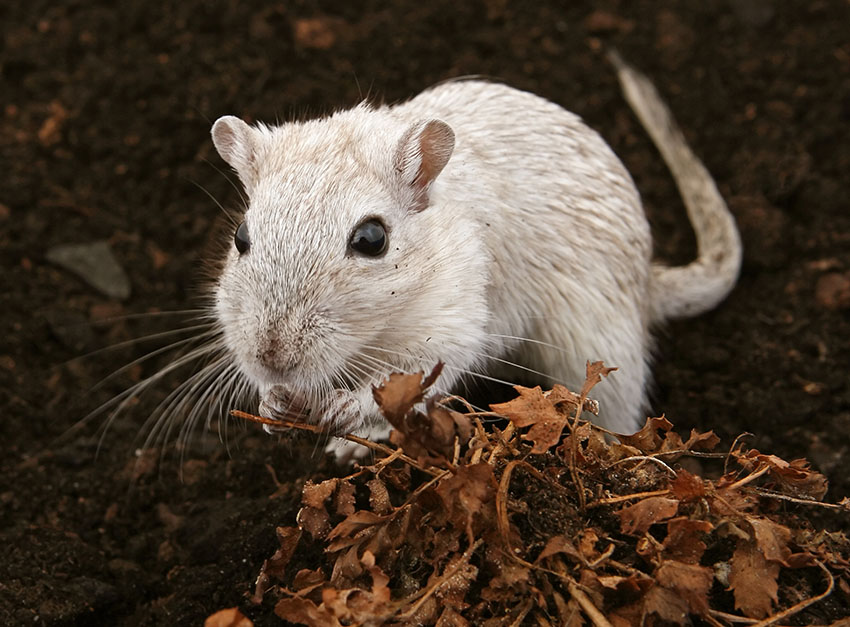Gerbils are fascinating creatures as well as great pets. Below are some facts about their anatomy, behaviour and history that you can use to impress your friends and family.

There are loads of impressive facts about gerbils - have a look at a few below
- Only a few types of gerbil are currently kept as pets - most species are entirely wild. The gerbil group is a collection of all the different gerbil species - it has over a hundred different members! It’s scientifically referred to as a ‘subfamily’, and is called the ‘Gerbillinae subfamily’.
- Approximately one-fifth to one-half of all gerbils have epilepsy, a condition that also affects human beings
- A gerbil’s tail can be used to warn others of an approaching predator - it will drive it repeatedly onto the ground to create vibrations
- In some areas of the world, rules of gerbil ownership are strict, because if they somehow got out into the wild then they could pose a big threat to local wildlife
- Some gerbil species have very deep, complex burrows, with a ‘bedroom’ for sleeping and a ‘larder’ for food storage
- Gerbils can now be bred so that they are born in more than thirty different colours
- Gerbils are prey animals, and their eyes are set on either side of their head so that they can watch for predators
- Gerbils have been kept as pets since the 1800s
- In the wild, gerbils live in big family groups, with parents and often babies of different litters. Gerbils can also live in colonies
- Some wild gerbil species can become forty centimetres long in their adult lives
Comments
There are no comments just yet